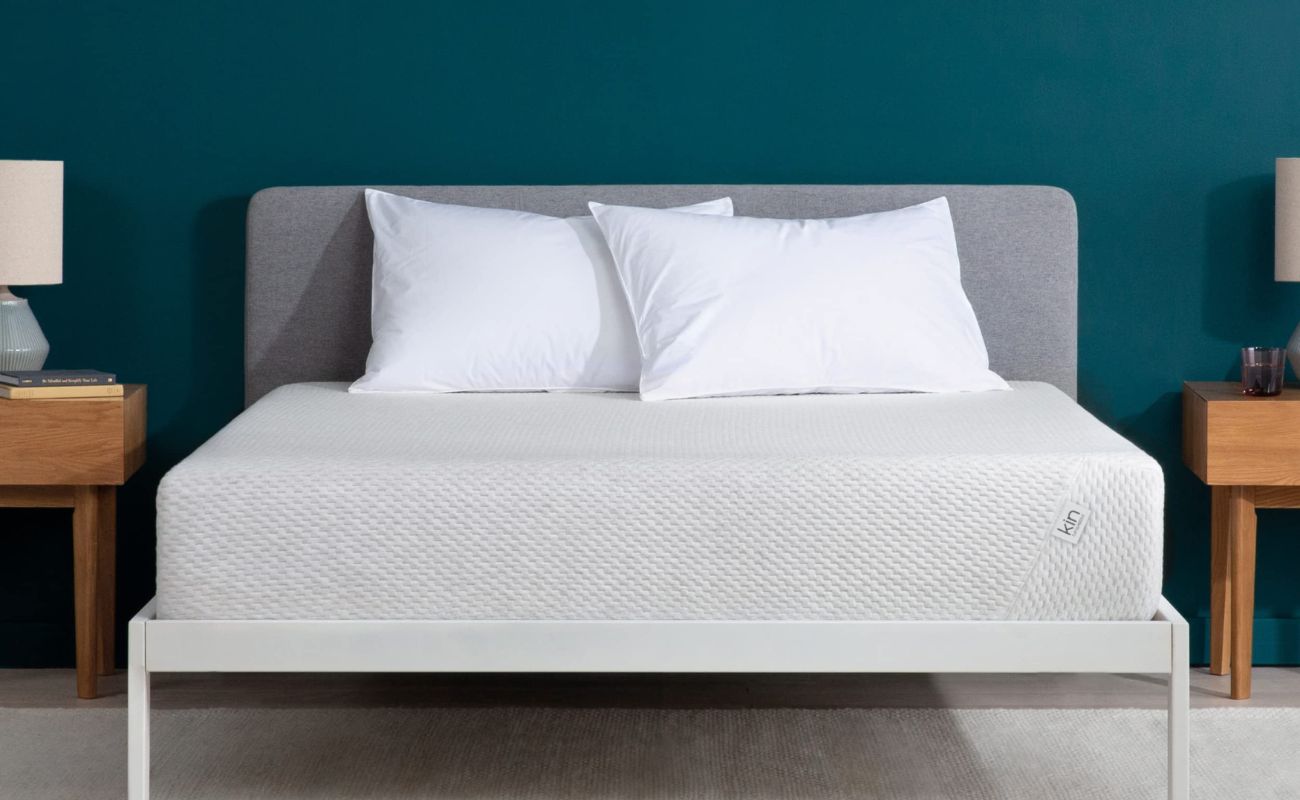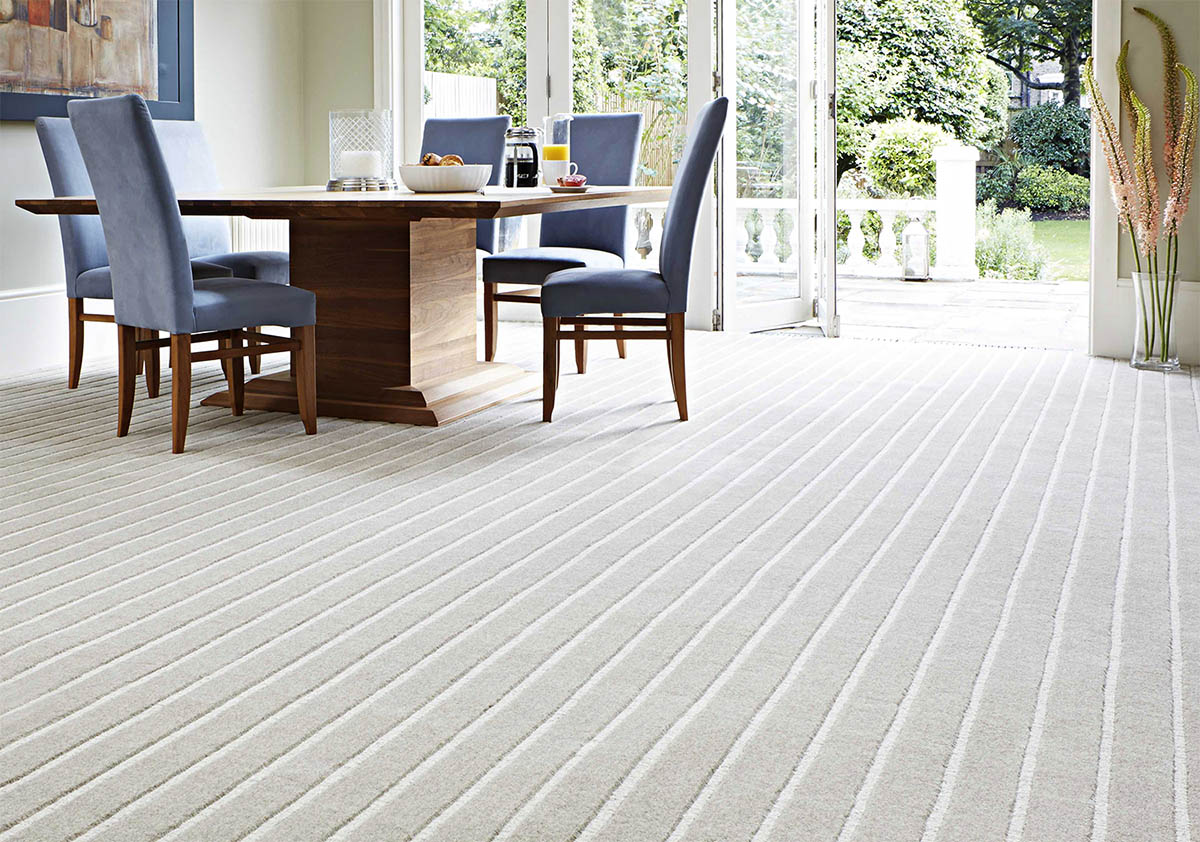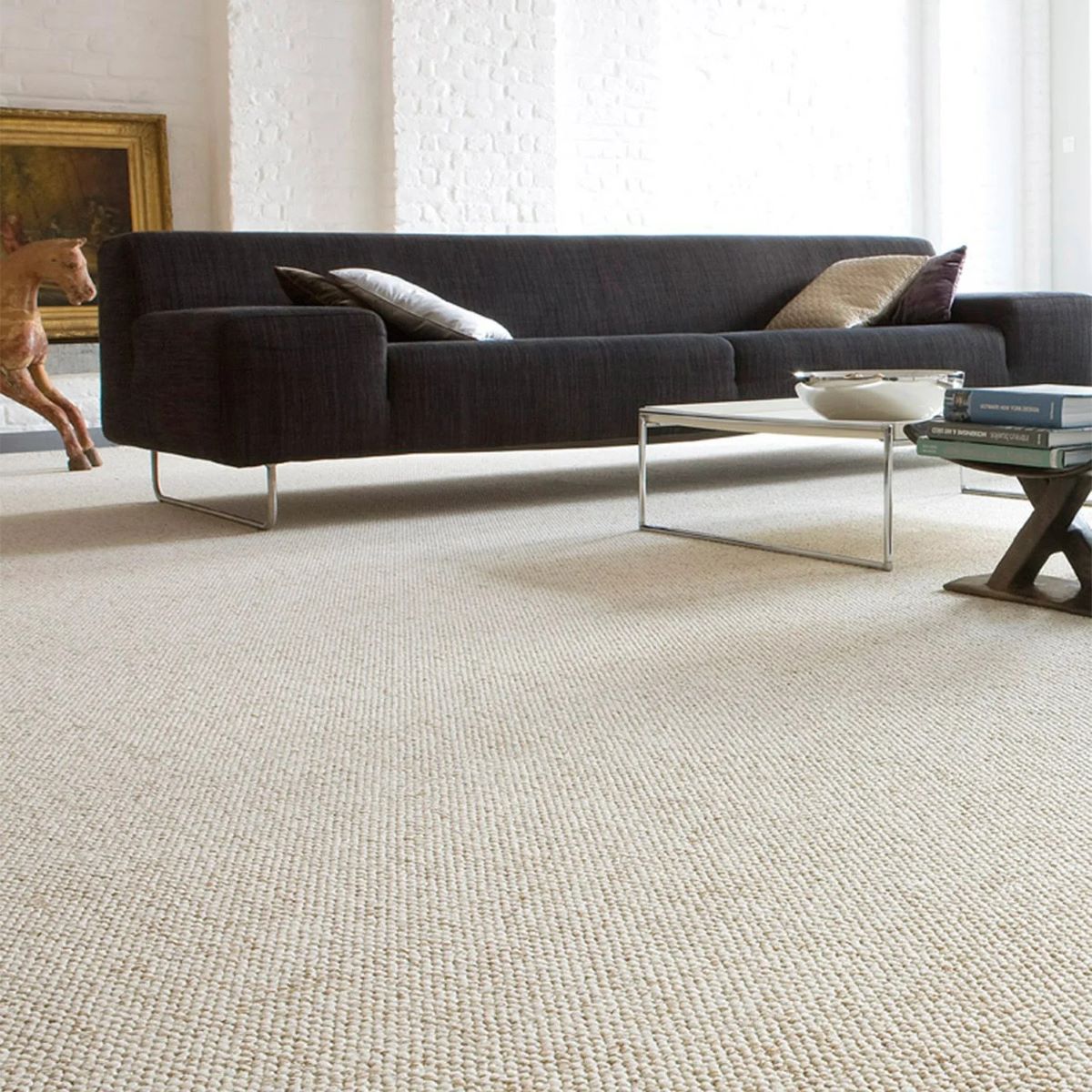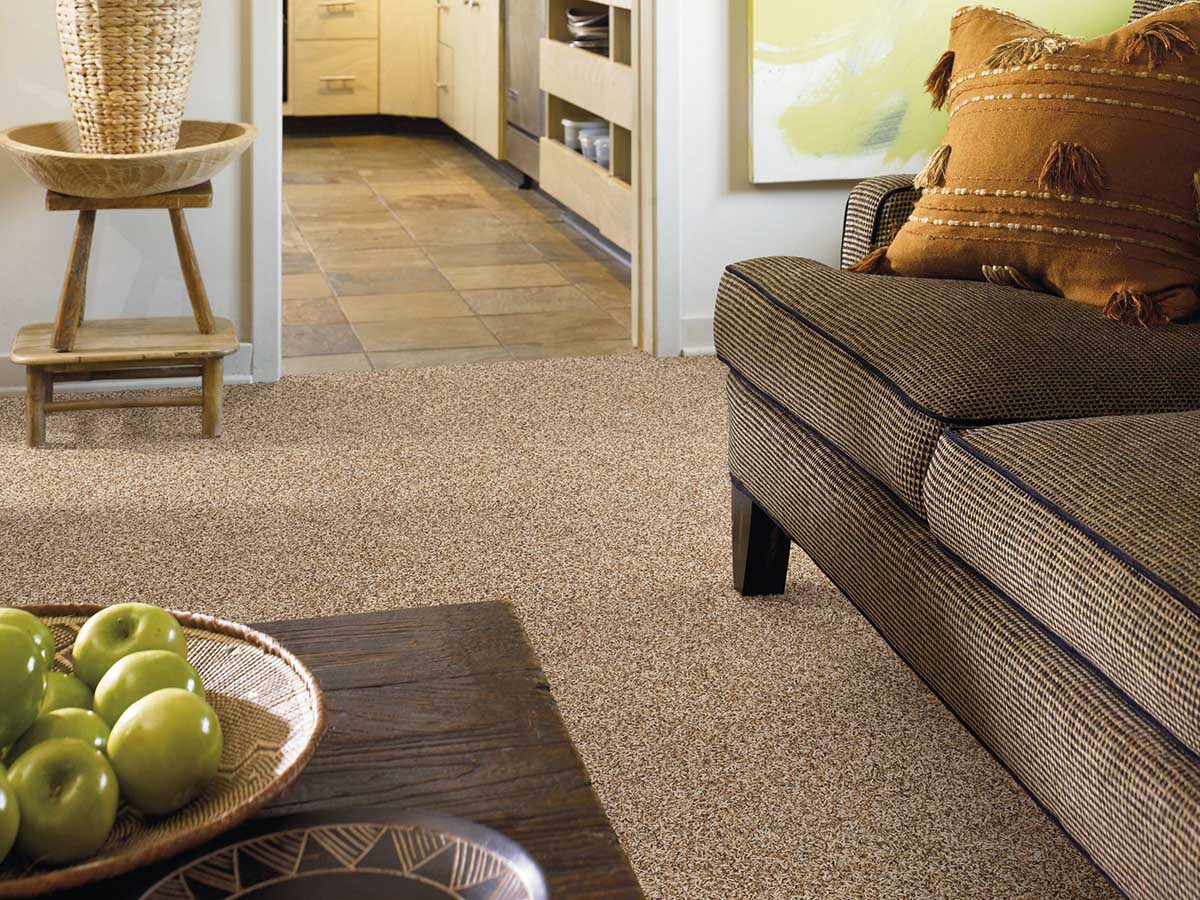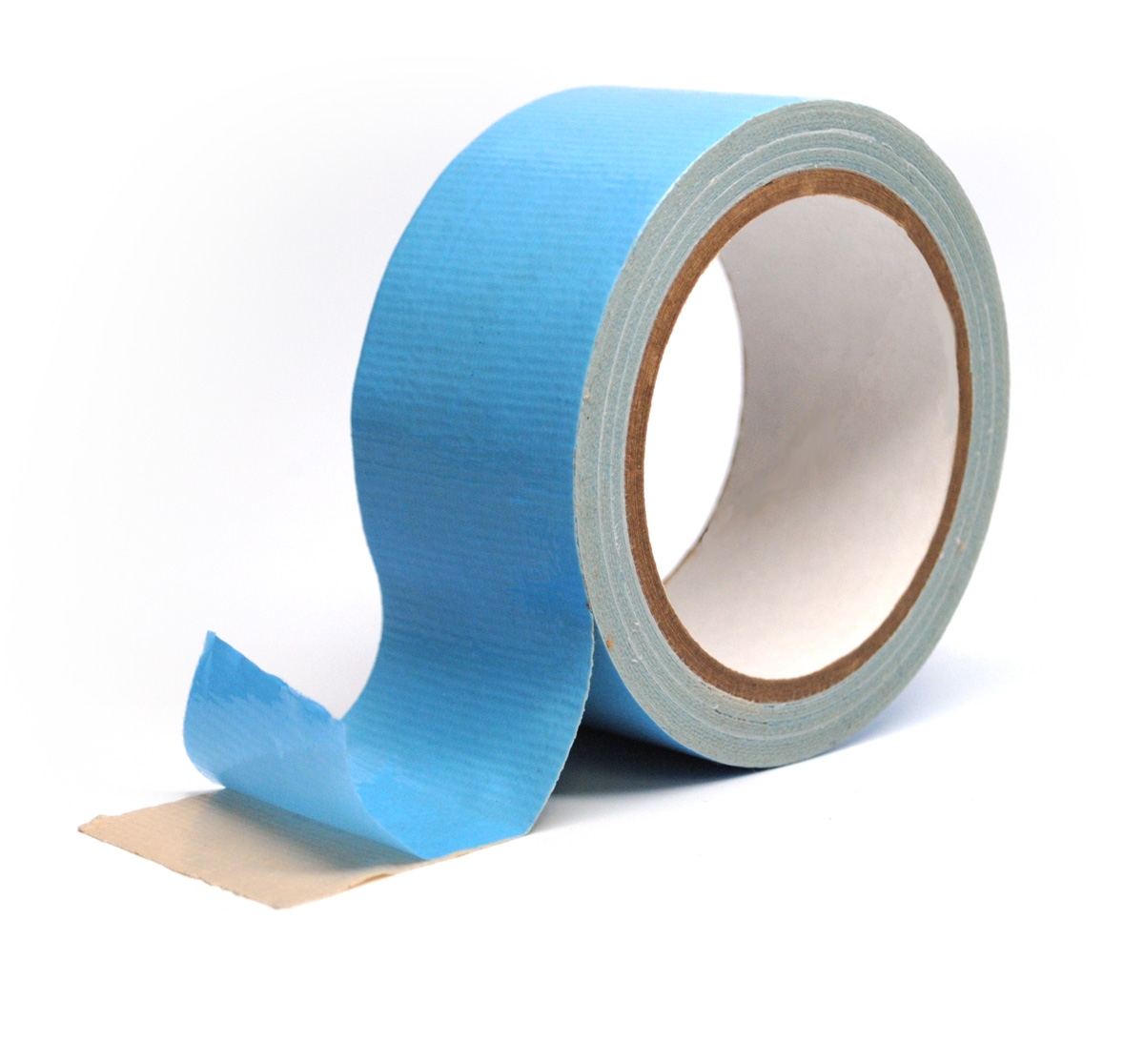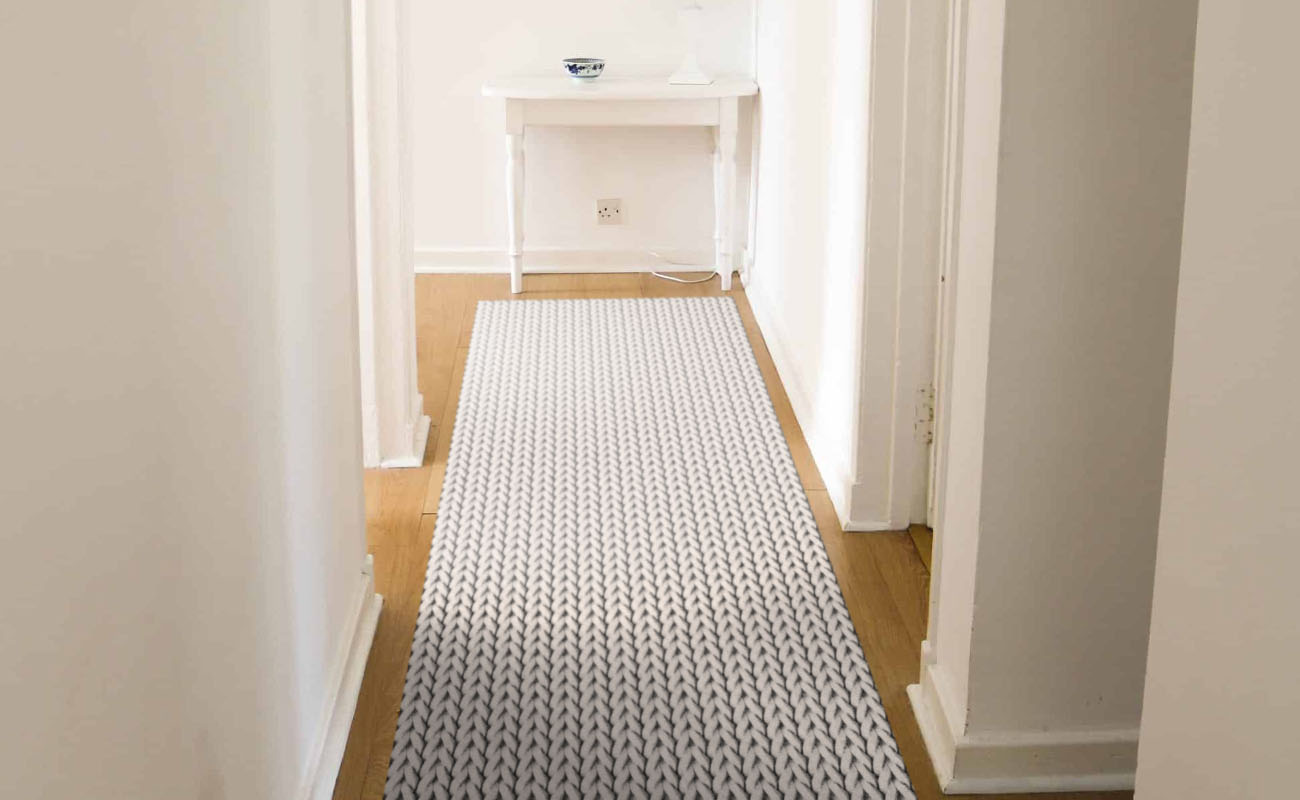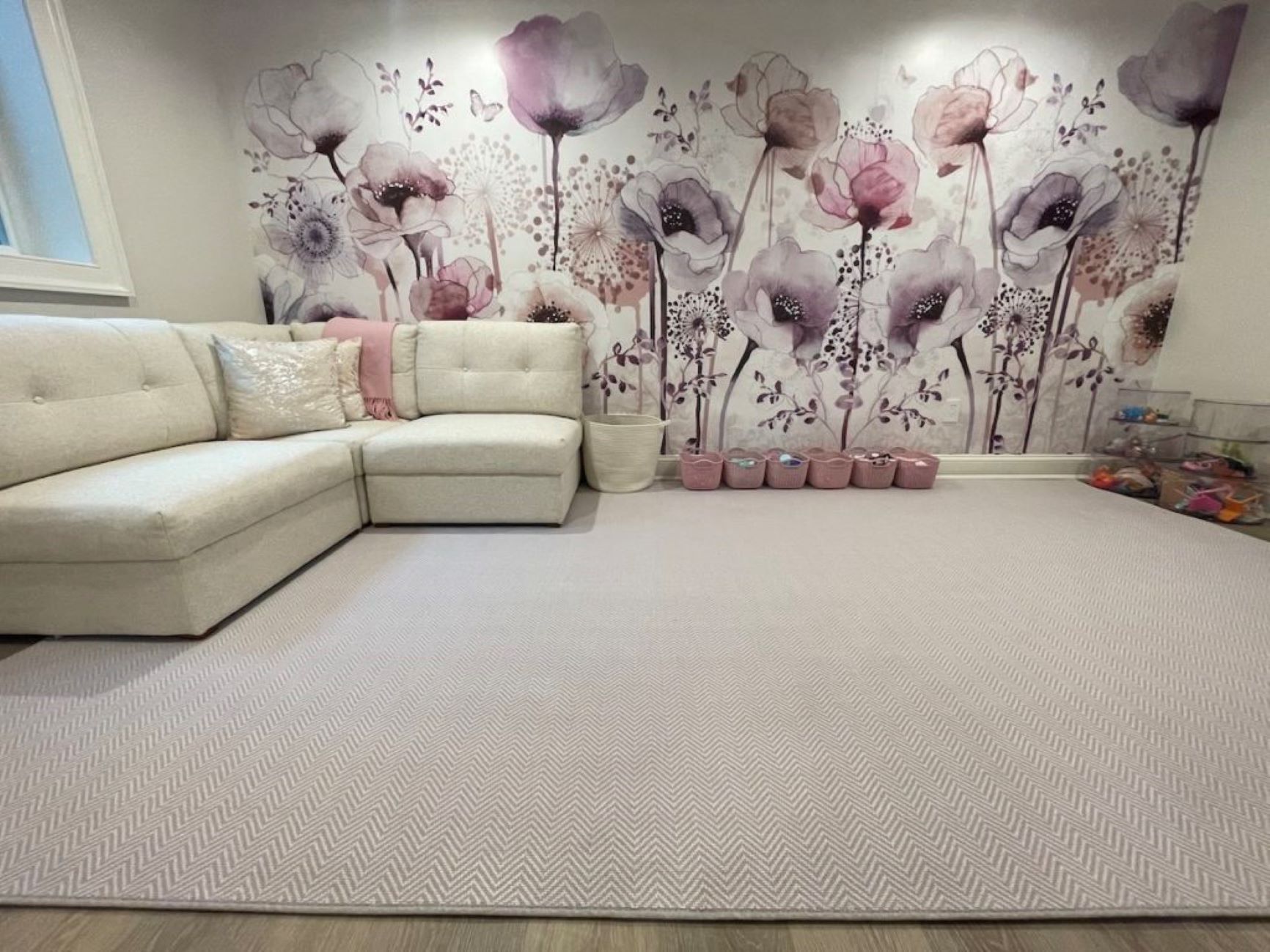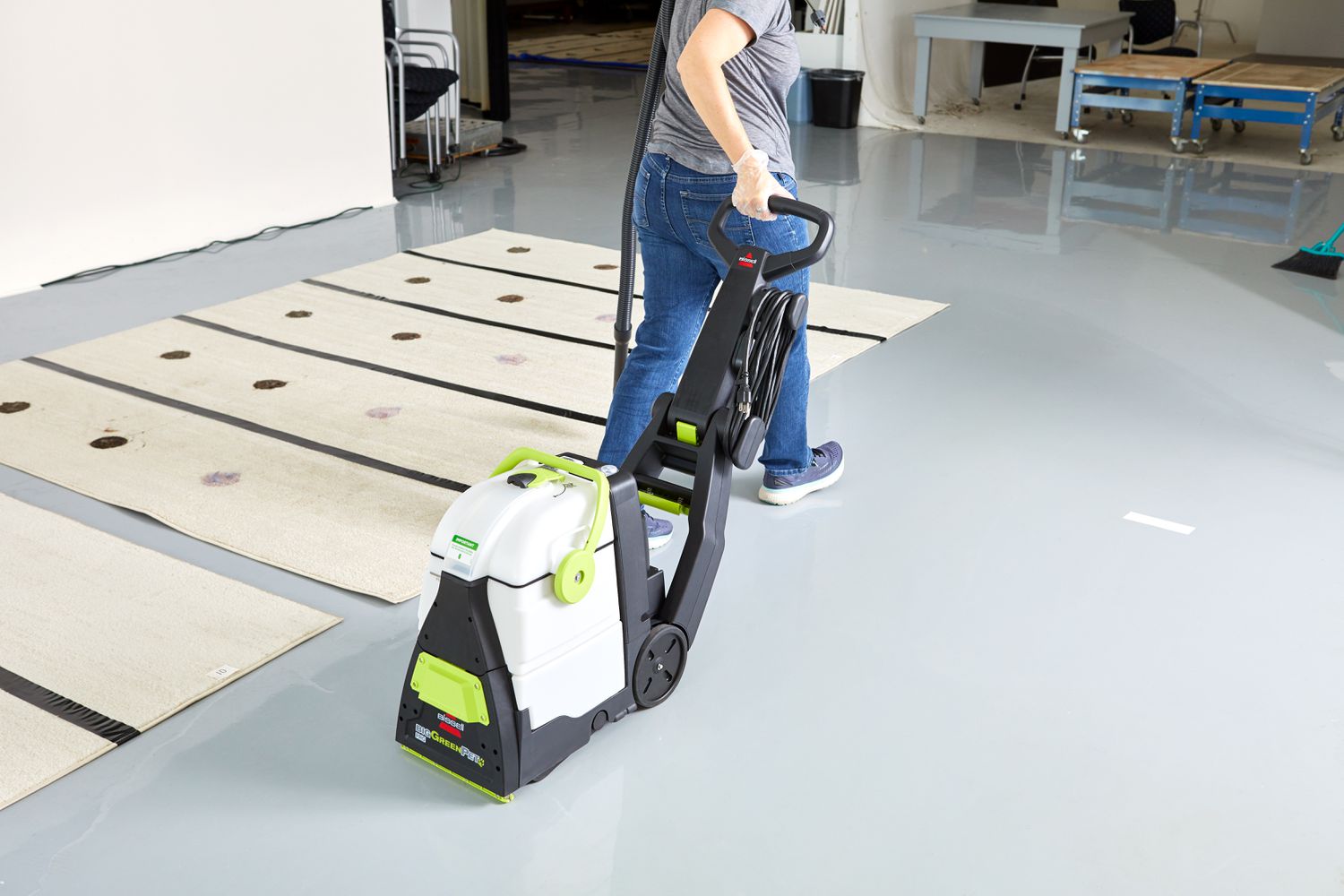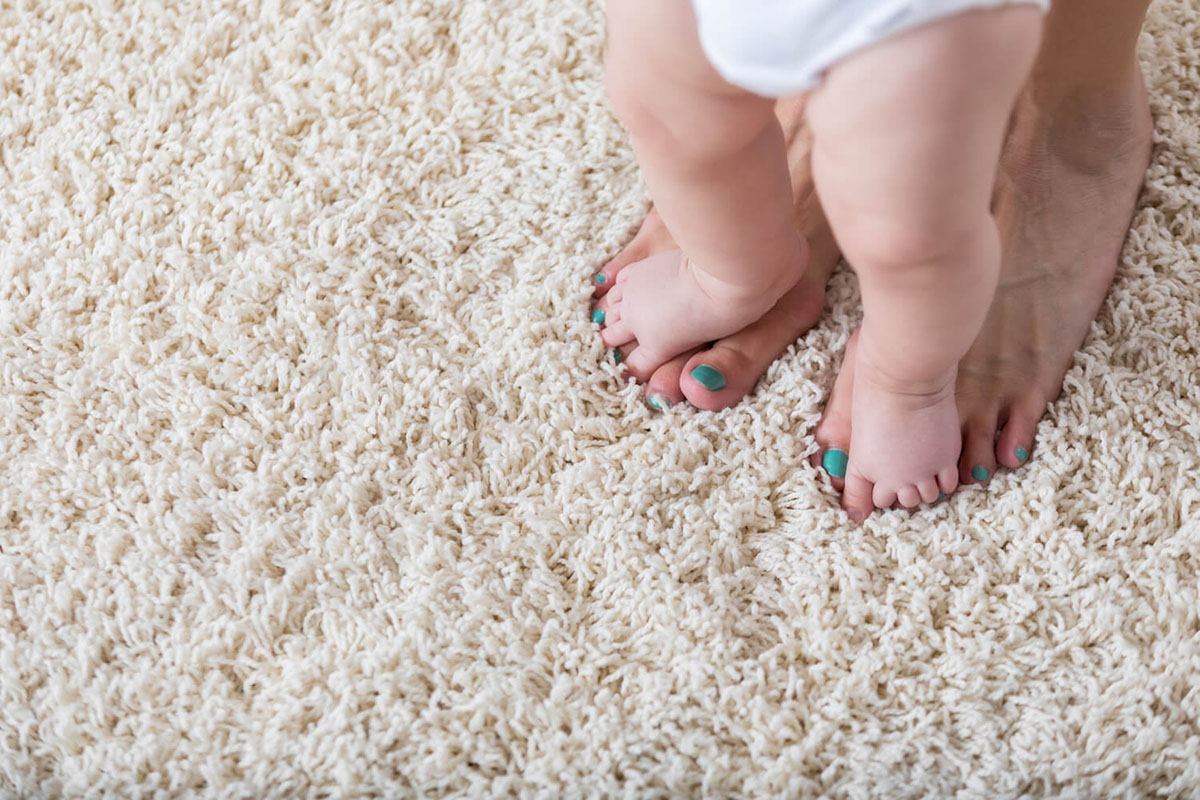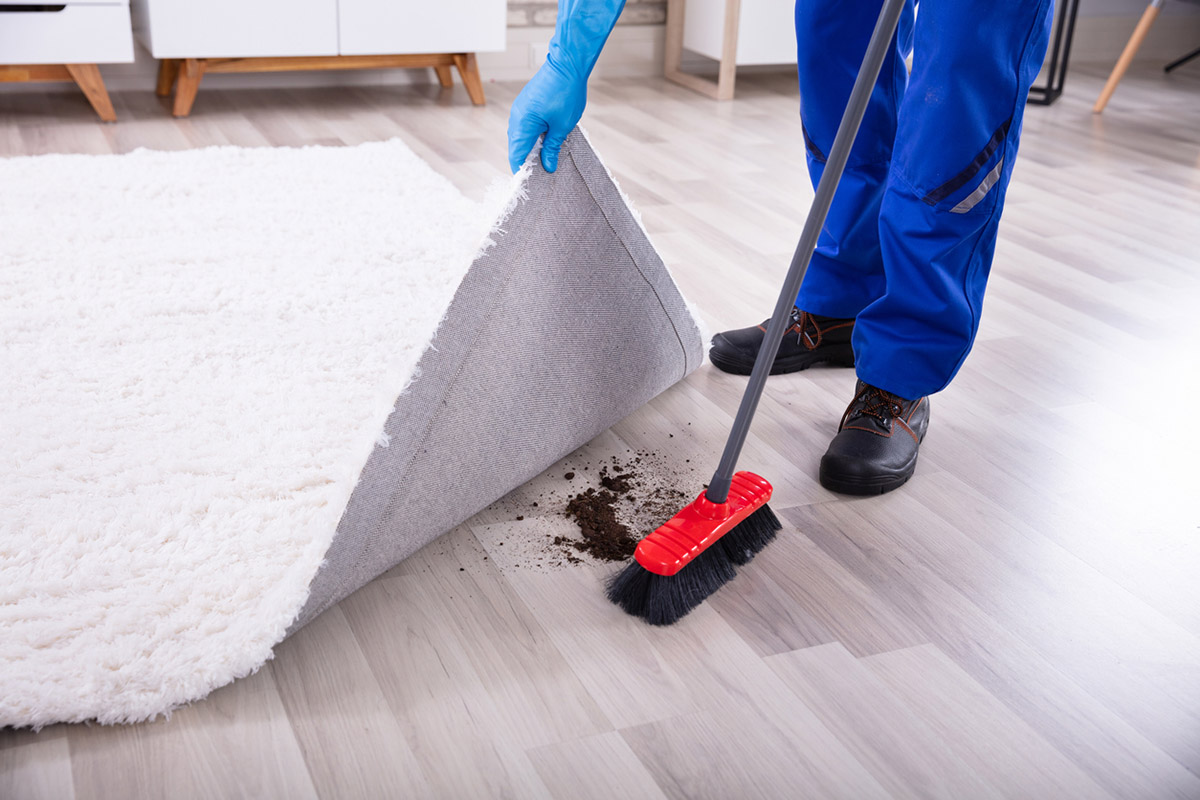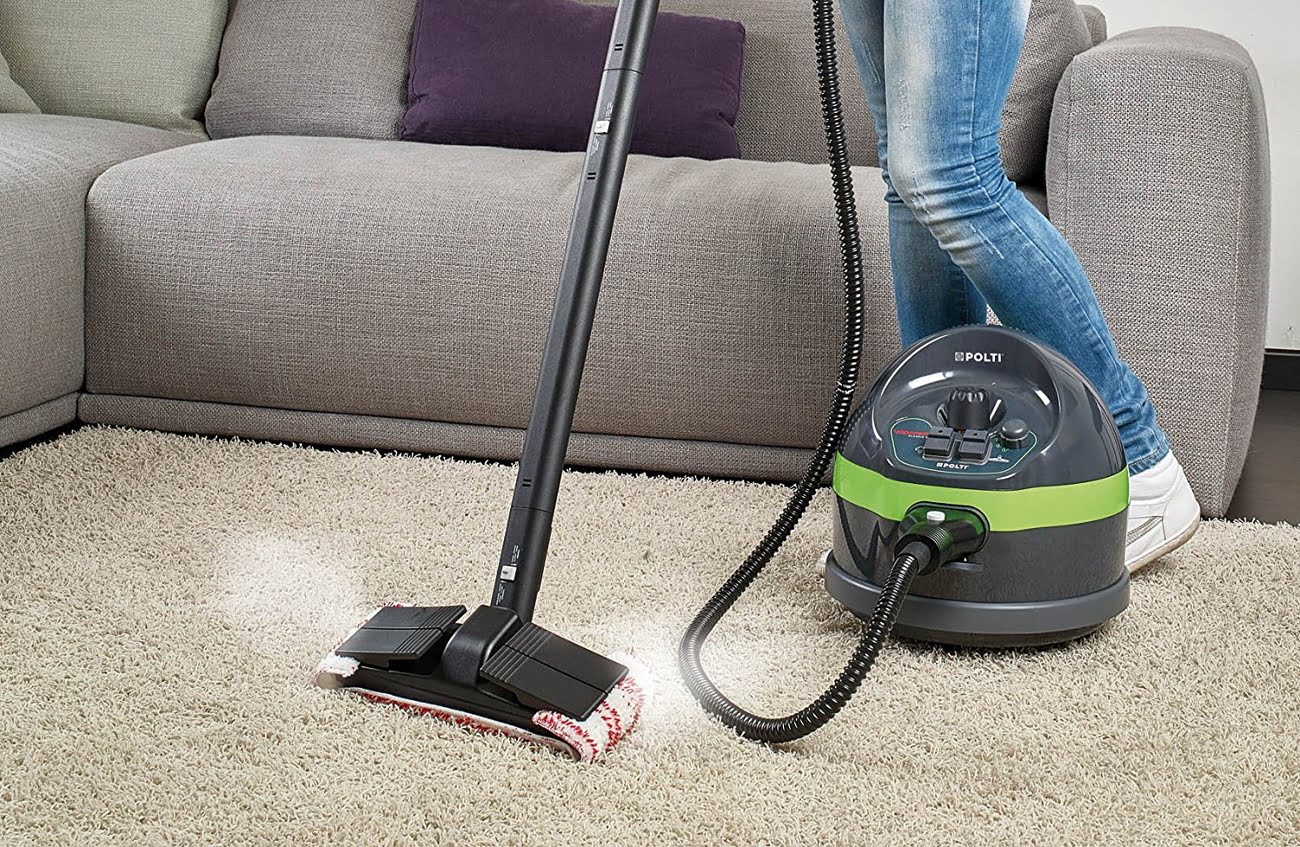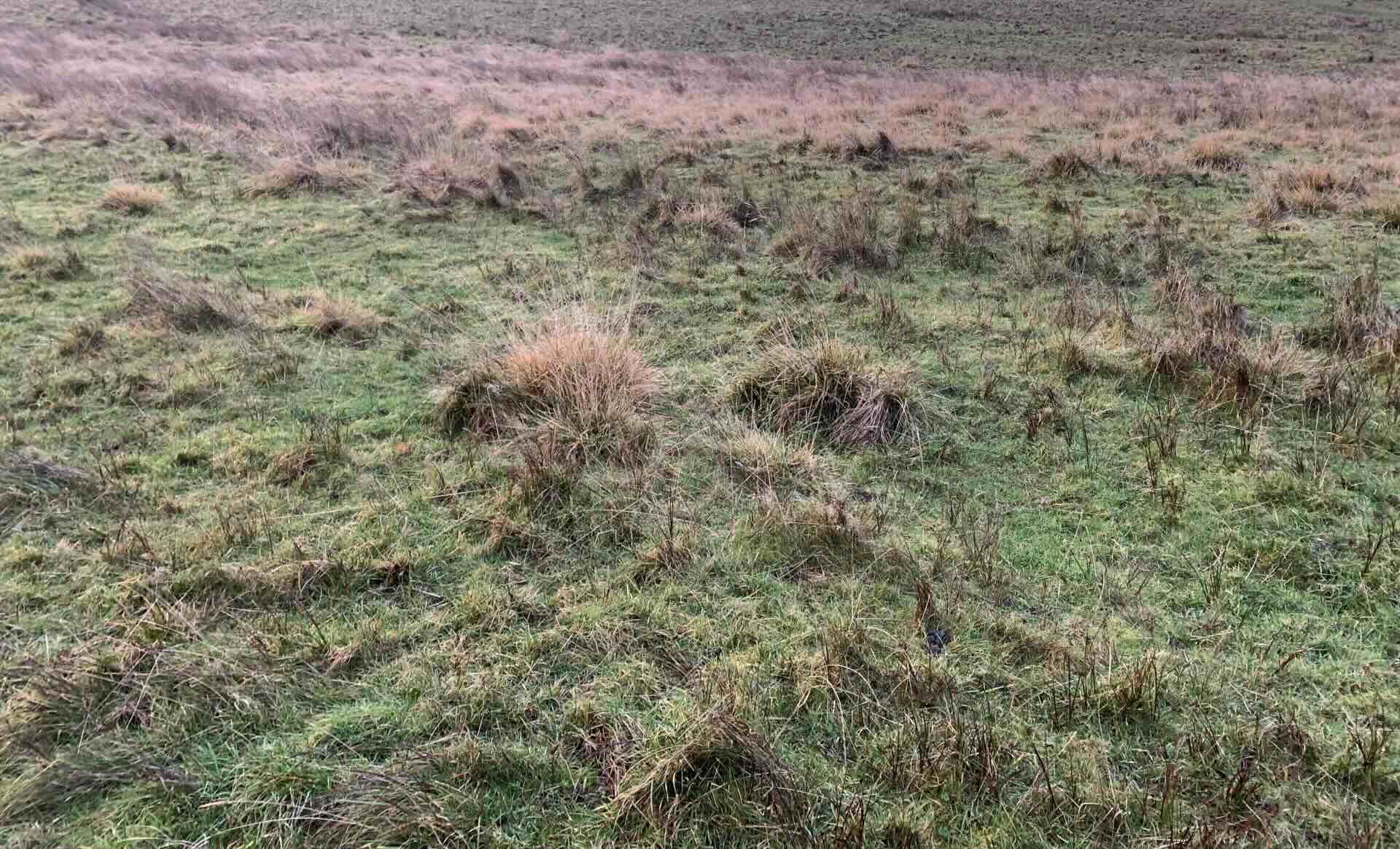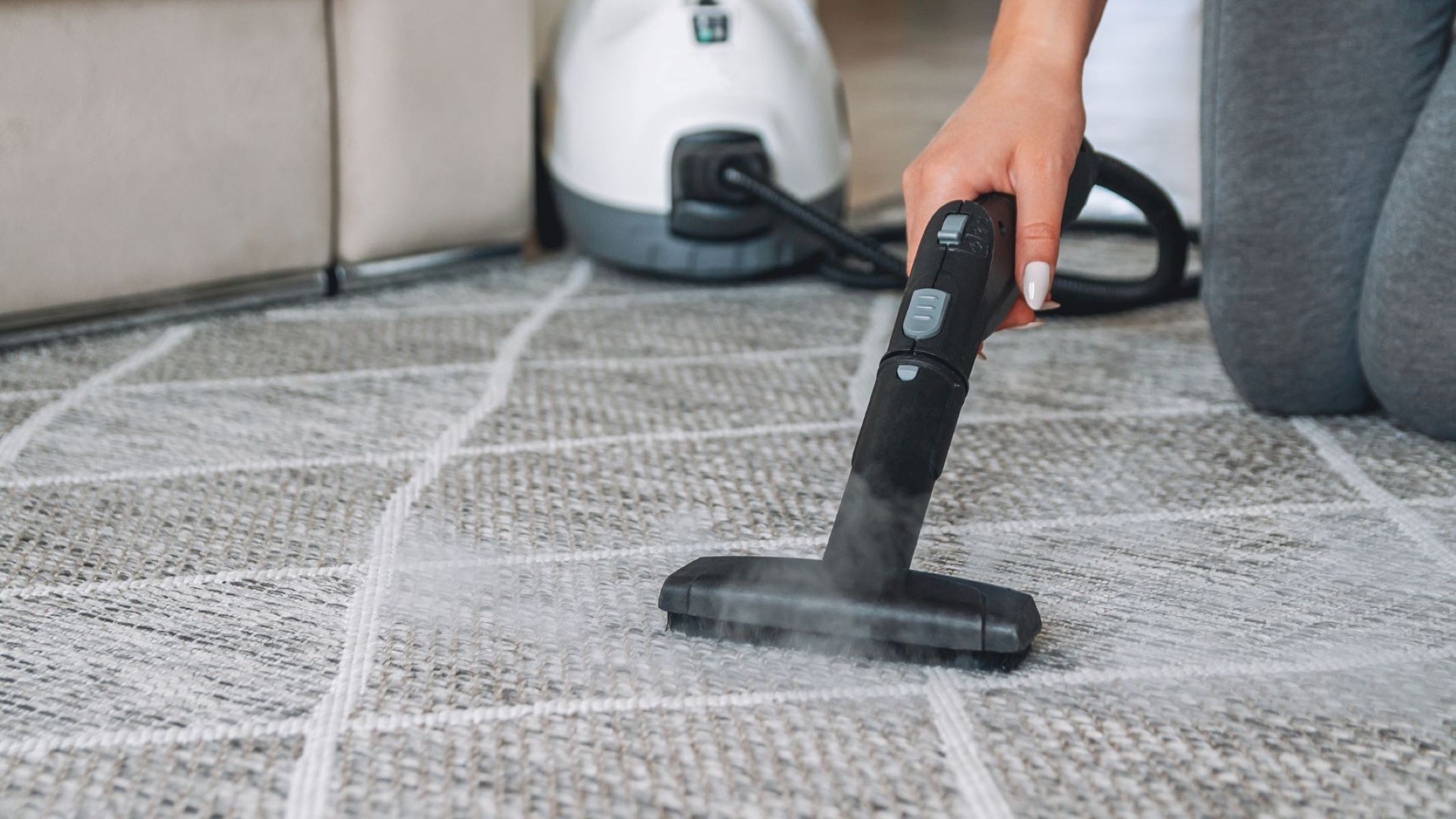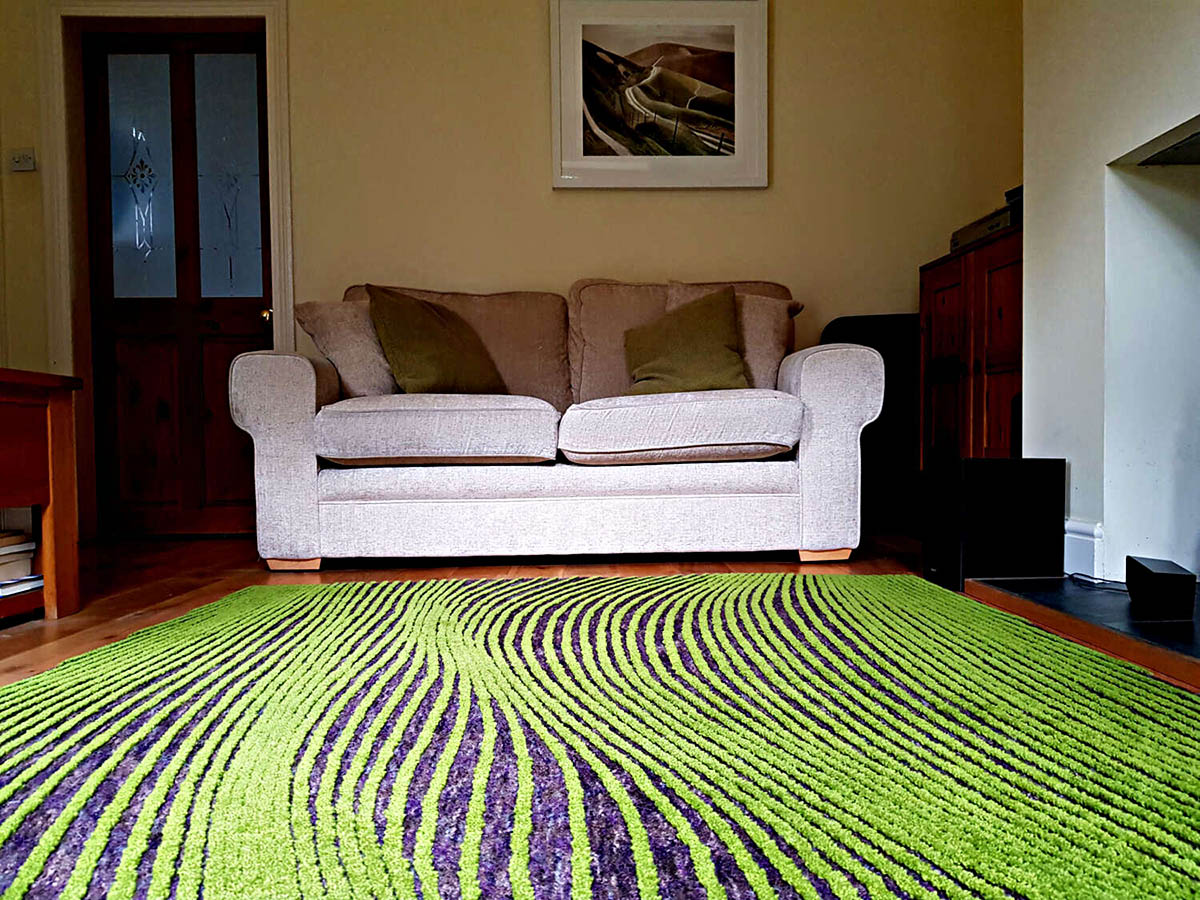

Articles
What Is A Tufted Carpet
Modified: October 20, 2024
Looking for articles about tufted carpets? Discover everything you need to know about this popular flooring option and how it can transform your space.
(Many of the links in this article redirect to a specific reviewed product. Your purchase of these products through affiliate links helps to generate commission for Storables.com, at no extra cost. Learn more)
Introduction
When it comes to enhancing the look and feel of our living spaces, carpets play a vital role. They add warmth, comfort, and style to any room. One popular type of carpet that has gained significant popularity over the years is the tufted carpet. Tufted carpets offer a perfect blend of beauty, durability, and affordability, making them a popular choice for homeowners and businesses alike.
In this article, we will explore the world of tufted carpets, from their definition and manufacturing process to their advantages and disadvantages. We will also provide you with valuable maintenance and care tips to keep your tufted carpet in pristine condition. So, let’s dive in and unravel the wonders of tufted carpets!
Key Takeaways:
- Tufted carpets offer a versatile, affordable, and stylish flooring solution for both residential and commercial spaces, providing comfort, durability, and a wide range of design options to suit any interior decor.
- While tufted carpets provide warmth and insulation, they require regular maintenance to prevent potential issues such as matting, staining, and water damage. Proper care, including regular vacuuming and prompt stain treatment, can help preserve the beauty and longevity of tufted carpets.
Read more: What Are Tufted Cushions
Definition of a Tufted Carpet
A tufted carpet is a type of carpet that is created by inserting yarns into a backing material in a controlled pattern using rows of needles. The process involves weaving loops of yarn through the backing material to form the carpet’s pile, which is the visible surface of the carpet. Tufted carpets are known for their versatility and are available in various colors, patterns, and pile heights.
The backing material used in tufted carpets can be made of different materials such as jute, polypropylene, or polyester. The yarns used can be natural, synthetic, or a blend of both. The yarns are tufted into the backing material in a straight or looped format, depending on the desired texture and appearance of the carpet.
Tufted carpets can be further categorized into two main types: cut pile and loop pile. In cut pile carpets, the loops of the yarn are cut, resulting in a plush and dense carpet surface. This type of carpet is known for its softness and luxurious feel. On the other hand, loop pile carpets have uncut yarn loops, which create a more textured and durable surface. These carpets are often chosen for high-traffic areas due to their ability to withstand heavy use.
Overall, tufted carpets offer a wide range of options to suit different preferences and design aesthetics. With their versatility in terms of colors, patterns, and pile heights, they can effortlessly complement any interior style and add a touch of warmth and comfort to any space.
Manufacturing Process
The manufacturing process of tufted carpets involves several steps that transform raw materials into the beautiful and functional carpets we see in our homes and commercial spaces. Here is an overview of the main stages in the manufacturing process:
- Design and Planning: The first step in the manufacturing process is designing the carpet. This includes selecting the color scheme, pattern, and pile height. Once the design is finalized, the production plan is established, outlining the specifications and quantities of carpets to be produced.
- Backings: The next step is preparing the backing material, which acts as the foundation for the carpet. Backings can be made from materials like jute, polypropylene, or polyester. The backing material is typically woven or adhered together to provide stability and support to the carpet.
- Tufting: This is the pivotal stage in the manufacturing process, where the yarn is inserted into the backing material to create the carpet’s pile. Tufting machines, equipped with rows of needles, are used to insert the yarn in a controlled pattern. The yarn is secured to the backing material by adhesives or mechanical means.
- Cutting and Finishing: After tufting, the carpet is carefully inspected, and any excess yarn or imperfections are trimmed. In the case of cut pile carpets, the loops are cut to create a plush surface. The carpet may undergo additional processes such as dyeing, printing, or treatment to enhance its appearance and performance.
- Backing and Secondary Processes: Once the pile is tufted and cut, the carpet goes through a process called “backing.” This involves applying a secondary backing material to reinforce the carpet’s structure and provide additional durability. Backings can be made of materials like latex, polyurethane, or woven fabrics.
- Finishing Touches: In the final stages, the carpet is inspected, cleaned, and undergoes quality control measures. It is rolled, packaged, and prepared for distribution to retailers or directly to customers.
Throughout the manufacturing process, strict quality control measures are implemented to ensure that each tufted carpet meets the desired standards of appearance, durability, and performance. The result is a high-quality carpet that adds beauty and comfort to any space it is installed in.
Types of Tufted Carpets
Tufted carpets come in a wide variety of styles, designs, and textures, offering plenty of options to suit different preferences and interior aesthetics. Here are some of the common types of tufted carpets:
- Cut Pile: Cut pile carpets have their loops cut, resulting in a plush and soft surface. They can have different pile heights, ranging from short and dense to long and luxurious. Cut pile carpets are popular for residential settings due to their comfort and cozy feel.
- Loop Pile: Loop pile carpets have uncut yarn loops, making them more textured and sturdy. The loops can be of uniform height or a combination of different heights, creating interesting patterns and designs. Loop pile carpets are known for their durability and are often chosen for high-traffic areas.
- Patterned: Patterned tufted carpets feature intricate designs and motifs. These carpets can have various patterns, such as geometric shapes, floral prints, or abstract designs. Patterned tufted carpets are an excellent choice for adding visual interest and personality to a room.
- Textured: Textured tufted carpets have a unique surface that adds depth and dimension to a space. These carpets are created by using different yarn colors or by varying the height of the loops. Textured tufted carpets can create a visually appealing and dynamic look, hiding footprints and vacuum marks.
- Berber: Berber carpets are characterized by their loop pile construction. They are typically made from durable, stain-resistant fibers and have a distinctive flecked or heathered appearance. Berber carpets are a popular choice for areas with heavy foot traffic as they offer excellent longevity and ease of maintenance.
- Shag: Shag tufted carpets feature long, loose yarns that create a lush and luxurious feel. These carpets have a deep pile, providing a cozy and comfortable surface to walk on. Shag carpets can add a touch of elegance and sophistication to a room, particularly in bedrooms or living areas.
These are just a few examples of the types of tufted carpets available in the market. Each type offers its own unique characteristics and benefits, allowing you to find the perfect tufted carpet that suits your style, preferences, and the specific needs of your space.
Advantages of Tufted Carpets
Tufted carpets offer several advantages that make them a popular choice for both residential and commercial applications. Here are some of the key advantages of tufted carpets:
- Wide Range of Designs: Tufted carpets come in a vast array of designs, patterns, and colors, allowing you to find the perfect carpet to complement your interior decor. Whether you prefer a traditional or contemporary style, there is a tufted carpet to suit every taste.
- Affordability: Compared to other types of carpets, tufted carpets tend to be more affordable. They offer a cost-effective solution for those looking to enhance the aesthetics of their space without breaking the bank.
- Durability: Tufted carpets are known for their durability and resilience. They can withstand heavy foot traffic and are suitable for high-traffic areas such as hallways, living rooms, and offices. Proper maintenance and care can further extend the lifespan of tufted carpets.
- Comfort and Warmth: Tufted carpets provide excellent underfoot comfort and insulation, creating a cozy and warm ambiance in any room. They offer a soft and cushioned surface that is especially desirable in bedrooms, living rooms, and play areas.
- Noise Reduction: Tufted carpets help to absorb sound and reduce noise levels in a room. This makes them an excellent choice for spaces where noise control is important, such as offices, libraries, and bedrooms.
- Easy Installation: Tufted carpets are relatively easy to install, making it a convenient option for both professional installers and DIY enthusiasts. They can be installed using different methods, including direct glue-down, using carpet padding, or using carpet tiles.
- Stain Resistance and Easy Maintenance: Many tufted carpets are treated with stain-resistant coatings or made from synthetic fibers that repel stains. This makes them easier to clean and maintain compared to other carpet types. Regular vacuuming and occasional professional cleaning can keep tufted carpets looking fresh and vibrant for a long time.
Overall, tufted carpets offer an excellent combination of affordability, versatility, and durability. They provide comfort, style, and functionality, making them a popular choice for both residential and commercial spaces.
When choosing a tufted carpet, look for one with a high tuft density for better durability and a softer feel. Also, consider the type of fiber used, as it can affect the carpet’s performance and maintenance.
Read more: How To Make Tufted Rugs
Disadvantages of Tufted Carpets
While tufted carpets offer many advantages, it is important to consider their potential drawbacks before making a purchasing decision. Here are some of the disadvantages associated with tufted carpets:
- Less Breathable: Tufted carpets are less breathable compared to other types of flooring options such as hardwood or tile. This can create an environment that traps dust, allergens, and odors, which may be a concern for individuals with respiratory issues or allergies.
- Potential for Crushing and Matting: Due to the construction of tufted carpets, there is a risk of pile crushing and matting, particularly in high-traffic areas. This can result in a less aesthetically pleasing appearance and may require regular maintenance and grooming to minimize the effects.
- Less Retention of Heat and Coolness: Tufted carpets may not retain heat as effectively as some other flooring options. In colder climates, this could lead to a loss of warmth and potentially higher energy bills. On the other hand, in warmer climates, tufted carpets may not provide the same level of coolness as hard flooring surfaces.
- Potential for Staining: While many tufted carpets are treated with stain-resistant coatings, there is still a risk of staining, particularly with lighter-colored carpets or in high-traffic areas. Prompt and proper cleaning is necessary to prevent permanent stains from setting in.
- Prone to Water Damage: Tufted carpets are generally more susceptible to water damage compared to hard flooring surfaces. Spills, leaks, or flooding can lead to moisture absorption, resulting in mold and mildew growth if not promptly and properly addressed.
- Less Eco-Friendly: Some tufted carpets may have a higher environmental impact due to the materials used in their production. Synthetic fibers, adhesives, and certain backing materials may contain substances that can be harmful to the environment. However, there are more sustainable and eco-friendly options available in the market.
- Difficulty in Deep Cleaning: While regular vacuuming is essential for maintaining tufted carpets, deep cleaning can be more challenging. The dense and plush nature of the carpets can make it harder to reach dirt and debris deeper in the pile. Professional cleaning services may be required periodically to ensure a thorough cleaning.
It is important to weigh the pros and cons of tufted carpets and consider your specific needs and circumstances before making a decision. Understanding the potential disadvantages can help you make an informed choice that aligns with your priorities and preferences.
Maintenance and Care Tips for Tufted Carpets
Tufted carpets are an investment that can last for years with proper maintenance and care. Here are some essential tips to keep your tufted carpet looking its best:
- Vacuum Regularly: Regular vacuuming is crucial to remove surface dirt and debris from your tufted carpet. Aim to vacuum at least twice a week, or more frequently in high-traffic areas. Use a vacuum cleaner with a rotating brush or beater bar for optimal results.
- Address Spills and Stains Promptly: Accidents happen, so it’s important to address spills and stains as soon as they occur. Blot the spill with a clean, white cloth or paper towel to absorb as much liquid as possible. Avoid scrubbing as it may spread the stain. Use a carpet stain remover suitable for your specific carpet type and follow the manufacturer’s instructions.
- Protect from Furniture Indentations: Heavy furniture can leave indentations on your tufted carpet. To prevent this, use furniture coasters or felt pads under the legs of your furniture. This helps distribute the weight evenly and minimizes the risk of permanent indentations.
- Rotate Furniture: Periodically rotate your furniture to prevent uneven wear and tear on your tufted carpet. This will also help to distribute foot traffic more evenly, extending the life of your carpet.
- Use Entrance Mats: Place entrance mats at the entrances of your home or business to trap dirt and moisture before it reaches your tufted carpet. This helps minimize the amount of debris that can accumulate on the carpet, reducing the need for frequent cleaning.
- Professional Cleaning: While regular vacuuming is essential, professional cleaning is recommended at least once a year to deep clean your tufted carpet. Professional cleaners have specialized equipment and expertise to effectively remove embedded dirt, allergens, and stains, rejuvenating your carpet’s appearance.
- Preventative Measures: Take preventive measures to avoid damage to your tufted carpet. Avoid dragging heavy objects across the carpet, as it can cause pulls or tears in the fibers. Additionally, limit exposure to direct sunlight, as it may cause fading or discoloration over time.
- Frequent Maintenance: Monitor your tufted carpet regularly for any signs of damage, such as loose threads or unraveling edges. If you notice any issues, address them promptly to prevent further damage or unraveling.
By following these maintenance and care tips, you can ensure that your tufted carpet remains clean, fresh, and beautiful for years to come.
Popular Uses of Tufted Carpets
Tufted carpets have gained popularity in various residential, commercial, and hospitality settings due to their versatility, durability, and aesthetic appeal. Here are some of the popular uses of tufted carpets:
- Residential Settings: Tufted carpets are commonly used in residential spaces, such as living rooms, bedrooms, and hallways. They create a cozy and inviting atmosphere, providing comfort underfoot and insulation against cold floors. Tufted carpets come in a wide range of styles, allowing homeowners to choose a design that complements their interior decor.
- Offices and Corporate Spaces: Tufted carpets find extensive use in offices and corporate environments. They create a professional ambiance and add warmth and comfort to workspaces. Tufted carpets can also help with noise reduction, making them suitable for busy office environments where minimizing distractions is important.
- Hospitality Industry: The hospitality industry, including hotels, resorts, and restaurants, often makes use of tufted carpets. Tufted carpets can be found in hotel rooms, lobby areas, and banquet halls, providing a luxurious and comfortable experience for guests. They contribute to the overall aesthetic appeal of the space and enhance the atmosphere of hospitality establishments.
- Retail Stores and Boutiques: Retail stores and boutiques frequently utilize tufted carpets to create an inviting shopping experience. The softness and warmth of tufted carpets make customers feel comfortable and encourage them to spend more time in the store. Additionally, tufted carpets can enhance the visual merchandising displays, adding a touch of elegance and creating a visually appealing environment.
- Educational Institutions: Tufted carpets are found in educational institutions, such as schools, colleges, and universities. They provide a comfortable and safe environment for students and staff to walk and sit on. Tufted carpets in classrooms, libraries, and study areas can contribute to better acoustics and a conducive learning environment.
- Entertainment Venues: Tufted carpets are common in entertainment venues like theaters, cinemas, and concert halls. They offer comfort to patrons and reduce noise levels, ensuring an optimal viewing or listening experience. Tufted carpets can also feature custom designs, adding to the overall aesthetic of the venue.
- Exhibition and Event Spaces: Tufted carpets are often used in exhibition halls and event spaces. They provide a comfortable walking surface for visitors and exhibitors. Tufted carpets can also be customized with logos or designs to create a branded atmosphere for specific events or exhibitions.
These are just a few examples of the popular uses of tufted carpets. The versatility of tufted carpets allows them to be employed in a wide range of settings, enhancing the visual appeal, comfort, and functionality of the space.
Conclusion
Tufted carpets offer a fantastic combination of style, durability, and affordability, making them a popular choice for both residential and commercial spaces. Whether you are looking to enhance the comfort of your home, create a professional atmosphere in your office, or add a touch of elegance to a hotel lobby, tufted carpets can meet your needs.
With a wide range of designs, patterns, and pile heights available, tufted carpets offer endless possibilities for customization and personalization. You can choose from cut pile or loop pile carpets, patterned or textured designs, and various color options to match your interior decor and personal preferences.
Maintaining tufted carpets is relatively easy, with regular vacuuming and prompt attention to spills and stains. Professional cleaning services can help restore the carpet’s freshness and extend its lifespan. By following proper maintenance and care tips, you can enjoy the beauty and functionality of your tufted carpet for years to come.
While tufted carpets have many advantages, it’s important to consider their potential drawbacks as well. They may be less breathable compared to hard flooring options, and they can be prone to matting and crushing in high-traffic areas. Additionally, tufted carpets may require more frequent cleaning and maintenance to prevent staining or water damage.
In conclusion, tufted carpets provide a versatile and attractive flooring solution for various settings. They add warmth, comfort, and style to any space, and with proper care, they can greatly enhance the aesthetics and functionality of your environment. Whether you choose a cut pile or loop pile, patterned or textured, tufted carpets are sure to make a statement and create a welcoming ambiance wherever they are installed.
Frequently Asked Questions about What Is A Tufted Carpet
Was this page helpful?
At Storables.com, we guarantee accurate and reliable information. Our content, validated by Expert Board Contributors, is crafted following stringent Editorial Policies. We're committed to providing you with well-researched, expert-backed insights for all your informational needs.
